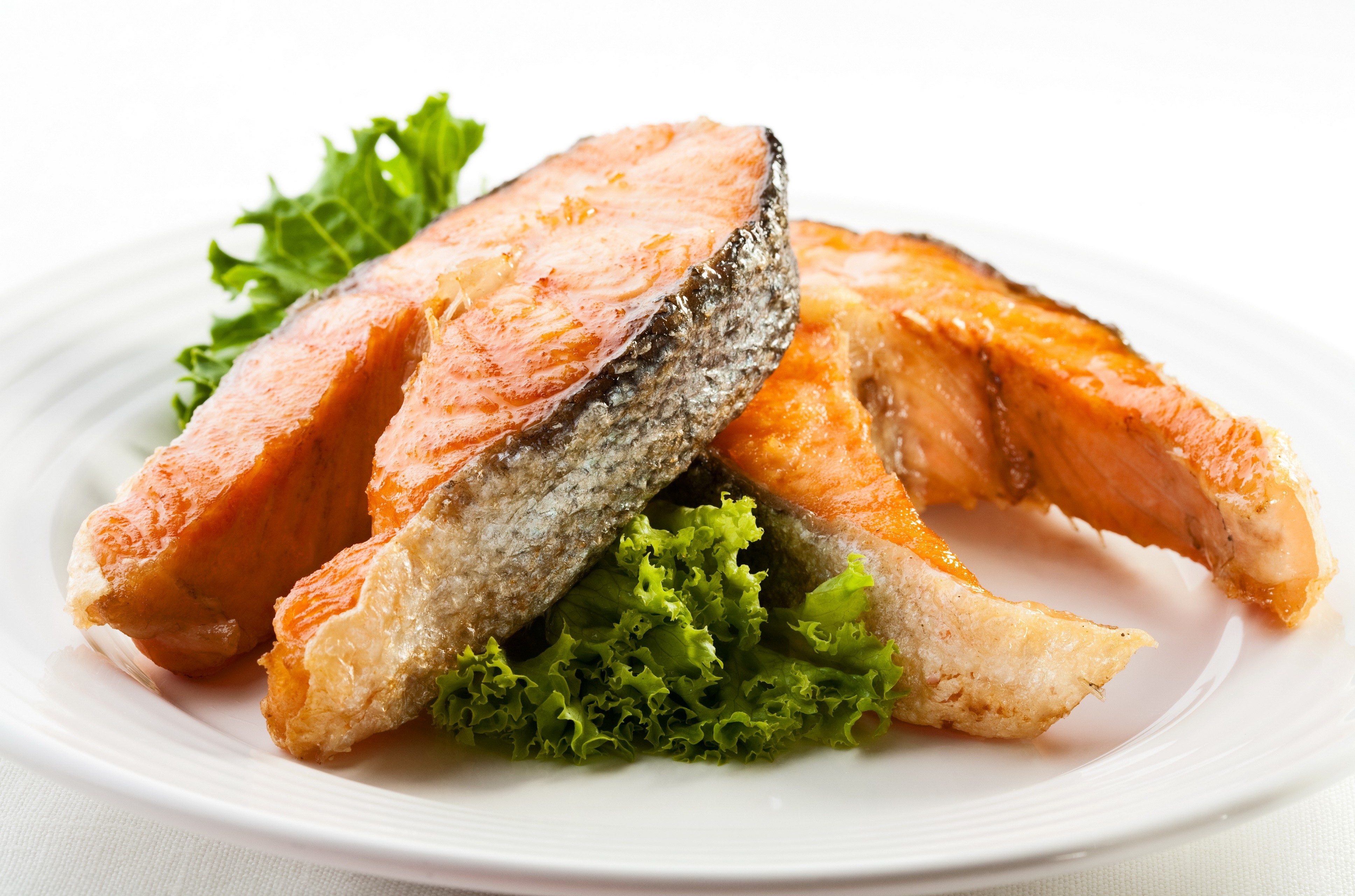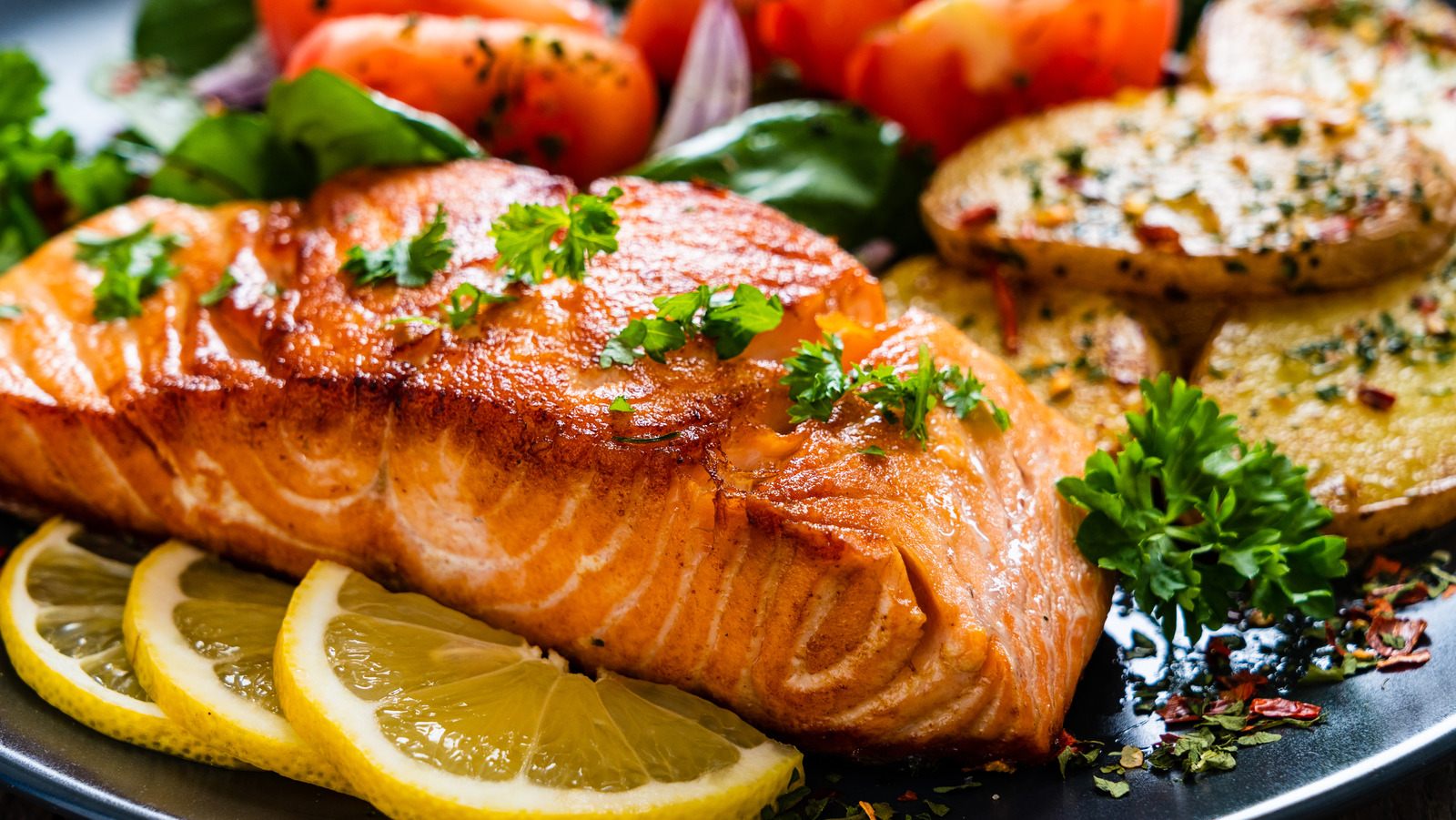Meals for fish is an important side of their well being and well-being. Understanding their dietary wants and feeding habits is important for guaranteeing their optimum development and vitality. This complete information delves into the varied kinds of fish meals, feeding habits of various species, and tips for acceptable feeding frequency and quantity.
It additionally explores specialised diets for fish with particular dietary necessities and offers tips about meals preparation and storage to keep up its dietary worth and forestall spoilage.
Varieties of Meals for Fish

Offering a balanced and nutritious weight-reduction plan is important for sustaining the well being and well-being of fish. The kind of meals you select will rely on the species of fish, its age, and its particular person wants. Here’s a complete listing of various kinds of meals appropriate for fish:
Reside Meals
Reside meals is a wonderful supply of vitamin for fish and might help to stimulate their pure searching instincts. Some frequent kinds of stay meals embody:
- Brine shrimp: These small, saltwater crustaceans are a very good supply of protein and fats.
- Daphnia: These tiny, freshwater crustaceans are a very good supply of protein and calcium.
- Bloodworms: These small, crimson worms are a very good supply of protein and iron.
- Mosquito larvae: These small, wriggling bugs are a very good supply of protein and fats.
Frozen Meals
Frozen meals is a handy and inexpensive possibility for feeding fish. It’s sometimes created from recent seafood or different animal merchandise which were frozen to protect their vitamins. Some frequent kinds of frozen meals embody:
- Frozen brine shrimp: These are brine shrimp which were frozen to protect their vitamins.
- Frozen daphnia: These are daphnia which were frozen to protect their vitamins.
- Frozen bloodworms: These are bloodworms which were frozen to protect their vitamins.
- Frozen fish fillets: These are small items of fish which were frozen to protect their vitamins.
Ready Meals
Ready meals is a commercially obtainable possibility for feeding fish. It’s sometimes created from a wide range of elements, together with fishmeal, soybean meal, and different plant-based merchandise. Some frequent kinds of ready meals embody:
- Flake meals: This can be a skinny, dry meals that’s obtainable in a wide range of flavors.
- Pellet meals: This can be a small, spherical meals that’s obtainable in a wide range of sizes and flavors.
- Stick meals: This can be a lengthy, skinny meals that’s obtainable in a wide range of flavors.
- Freeze-dried meals: This can be a meals that has been freeze-dried to take away the moisture.
Feeding Habits of Fish
Understanding the feeding habits of fish is essential for his or her well-being. Totally different species have distinctive preferences relating to feeding instances, frequency, and strategies, and neglecting these habits can result in malnutrition or overfeeding.
Feeding Instances
Fish exhibit various feeding patterns all through the day. Some species are diurnal, feeding primarily throughout daylight, whereas others are nocturnal, preferring to feed at night time. Moreover, sure fish might have particular feeding home windows inside the day, resembling daybreak or nightfall.
Feeding Frequency, Meals for fish
The frequency of feeding varies relying on the species, age, and exercise degree of the fish. Younger fish sometimes require extra frequent feedings than adults, and lively species might must eat extra typically than sedentary ones.
Feeding Strategies
Fish make use of various strategies to seize meals. Some are filter feeders, straining meals particles from the water, whereas others are predators, actively searching prey. Scavengers feed on lifeless or decaying matter, and herbivores eat plant-based supplies.
Elements Influencing Feeding Habits
A number of elements can affect the feeding habits of fish, together with:
- Water temperature:Temperature can have an effect on the fish’s metabolism and urge for food.
- Tank measurement:Restricted area can limit feeding alternatives for bigger fish.
- Competitors:Competitors for meals can alter feeding patterns, particularly in crowded tanks.
- Well being:Ailing or injured fish might have diminished urge for food.
Feeding Frequency and Quantity

Figuring out the suitable feeding frequency and quantity for fish is essential for his or her well being and well-being. A number of elements affect these parameters, together with the fish’s measurement, species, and exercise degree.
Typically, smaller fish require extra frequent feedings than bigger fish. It is because their metabolic charge is increased, and so they burn by way of vitality extra rapidly. As fish develop, their metabolism slows down, and so they can go longer intervals between feedings.
The kind of fish additionally performs a job in figuring out the feeding frequency. Some fish, resembling carnivores, require extra frequent feedings than herbivores. It is because carnivores must eat extra protein to satisfy their vitality wants.
Lastly, the exercise degree of the fish must also be thought of when figuring out the feeding frequency. Fish which might be extra lively might want to eat extra typically than fish which might be much less lively. It is because they burn by way of vitality extra rapidly.
Overfeeding and Underfeeding
Overfeeding and underfeeding can each have adverse penalties for fish. Overfeeding can result in weight problems, which might put stress on the fish’s organs and result in well being issues. Underfeeding can result in malnutrition, which might additionally trigger well being issues.
You will need to feed fish the correct quantity of meals to keep away from these issues. A great rule of thumb is to feed fish solely as a lot as they’ll eat in a couple of minutes. It will assist to forestall overfeeding.
Computerized Feeders
Computerized feeders is usually a handy solution to feed fish. These gadgets may be programmed to dispense meals at common intervals, which might help to make sure that fish are getting the correct amount of meals.
There are a number of advantages to utilizing computerized feeders. First, they might help to forestall overfeeding and underfeeding. Second, they can be utilized to feed fish when you are away on trip or enterprise. Third, they might help to maintain your aquarium clear by lowering the quantity of uneaten meals that accumulates.
Nonetheless, there are additionally some drawbacks to utilizing computerized feeders. First, they are often costly. Second, they’ll malfunction, which might result in overfeeding or underfeeding. Third, they could be a goal for pests, resembling rodents.
General, computerized feeders is usually a handy solution to feed fish. Nonetheless, it is very important weigh the advantages and downsides earlier than deciding whether or not to make use of one.
Meals Preparation and Storage: Meals For Fish
Making certain the dietary worth and stopping spoilage of fish meals requires correct preparation and storage methods. This part will discover strategies for preserving stay meals, freezing meals, and getting ready do-it-yourself fish meals, together with ideas for stopping contamination and sustaining meals security.
Preserving Reside Meals
- Tradition stay meals in a separate container with acceptable water parameters and feeding routine.
- Frequently clear the tradition container to take away waste and uneaten meals.
- Harvest stay meals as wanted, guaranteeing that it’s clear and freed from contaminants.
Freezing Meals
- Freeze recent meals in hermetic containers or freezer-safe baggage to protect its dietary worth.
- Thaw frozen meals progressively within the fridge or below operating water earlier than feeding.
- Keep away from refreezing thawed meals to forestall nutrient loss and bacterial development.
Getting ready Do-it-yourself Fish Meals
- Use recent, high-quality elements to make sure dietary worth.
- Mix or grind elements right into a high quality paste and blend completely.
- Type the paste into small pellets or cubes and freeze for later use.
Stopping Contamination and Making certain Meals Security
- Wash fingers completely earlier than dealing with fish meals.
- Use clear containers and utensils for storing and getting ready meals.
- Discard any spoiled or contaminated meals instantly.
- Monitor fish for any indicators of sickness or misery after feeding.
Specialised Diets

Fish, like all dwelling beings, have particular dietary wants that change relying on their species and life-style. Understanding these necessities is essential for guaranteeing their well being and well-being.
Fish may be broadly categorised into three principal dietary teams: herbivores, carnivores, and omnivores. Herbivores primarily eat plant matter, whereas carnivores feed on animal prey. Omnivores, as their title suggests, have a combined weight-reduction plan that features each plant and animal matter.
Dietary Necessities
Every dietary group has its personal distinctive dietary necessities. Herbivores require a weight-reduction plan wealthy in fiber, nutritional vitamins, and minerals present in vegetation. Carnivores, then again, want a weight-reduction plan excessive in protein and fat to assist their lively life.
Omnivores, with their diverse weight-reduction plan, have extra flexibility of their dietary wants.
Significance of Balanced Weight-reduction plan
Offering a balanced weight-reduction plan that meets the precise dietary necessities of your fish is important for his or her well being. A weight-reduction plan that’s poor in sure vitamins can result in well being issues, resembling stunted development, weakened immune techniques, and reproductive points.
Dietary supplements and Components
In some instances, dietary supplements and components could also be needed to boost fish well being and well-being. These dietary supplements can present extra vitamins, nutritional vitamins, or minerals that will not be current within the fish’s common weight-reduction plan. Nonetheless, it is very important use dietary supplements and components judiciously and solely below the steerage of a veterinarian or skilled aquarist.
FAQs
What are the various kinds of fish meals?
Fish meals is available in numerous kinds, together with stay meals (e.g., brine shrimp, worms), frozen meals (e.g., bloodworms, krill), and ready meals (e.g., flakes, pellets, granules).
How typically ought to I feed my fish?
Feeding frequency depends upon the species, measurement, and exercise degree of the fish. Typically, grownup fish must be fed a few times a day, whereas fry and juvenile fish might require extra frequent feedings.
How a lot ought to I feed my fish?
The quantity of meals must be sufficient to fulfill the fish’s urge for food with out overfeeding. A great rule of thumb is to feed the fish what they’ll eat in a couple of minutes.
Can I feed my fish do-it-yourself meals?
Sure, you possibly can put together do-it-yourself fish meals utilizing recent elements resembling greens, fruits, and cooked meats. Nonetheless, it is necessary to make sure that do-it-yourself meals is balanced and nutritious.


